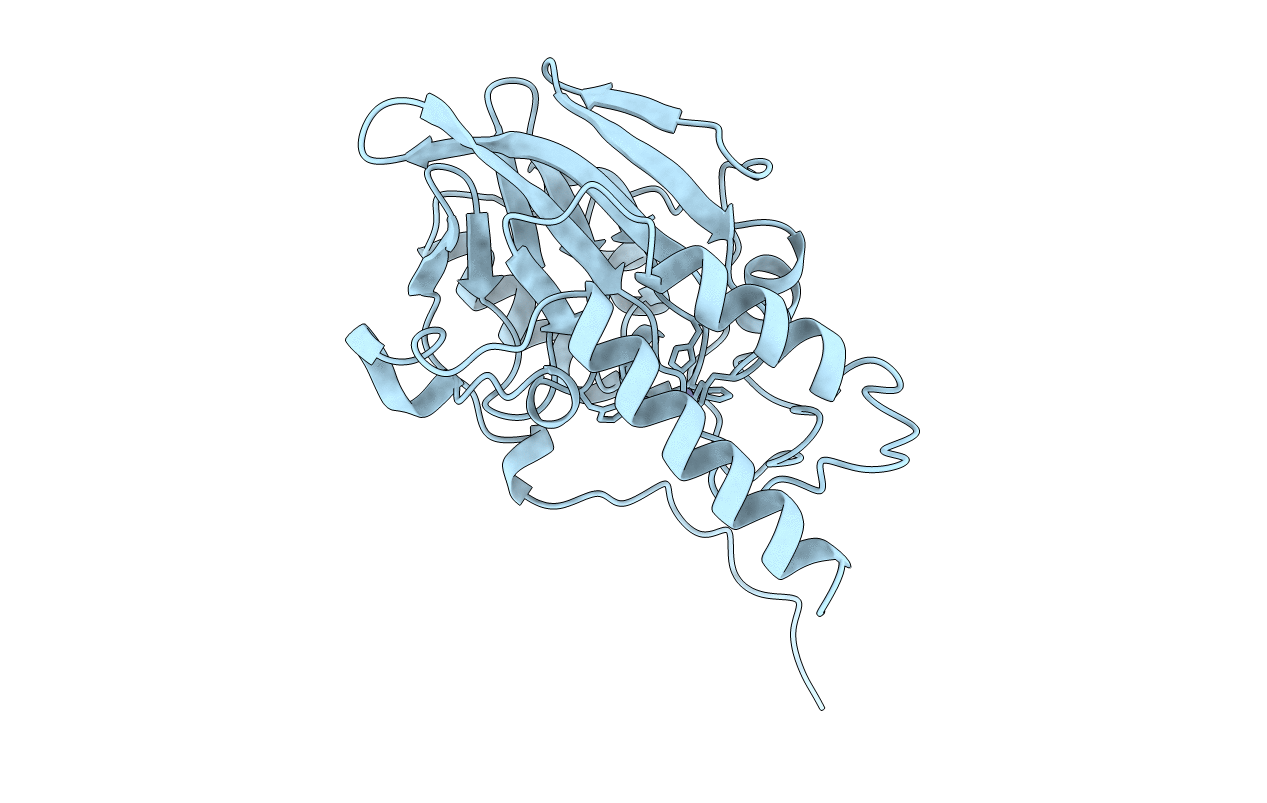
Deposition Date
1998-09-22
Release Date
1999-09-20
Last Version Date
2024-11-20
Entry Detail
Biological Source:
Source Organism:
Stenotrophomonas maltophilia (Taxon ID: 40324)
Host Organism:
Method Details:
Experimental Method:
Resolution:
1.70 Å
R-Value Free:
0.23
R-Value Work:
0.18
Space Group:
P 64 2 2


